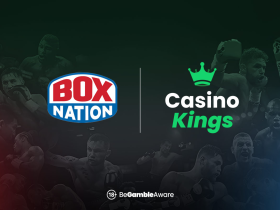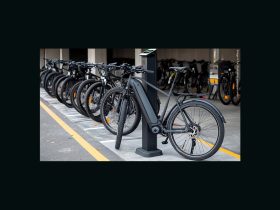Payments have become a hotbed of innovation all over the world as a result of connected technology and mobile solutions that the vast majority of people could have never imagined 20 years ago. As a result of this, payment solutions are constantly evolving that has the potential to make like significantly easier for both businesses and consumers.

In the last few years, New Zealand has seen digital growth and innovative payment solutions emerging, in conjunction with the traditional payment methods such as credit cards and EFTPOS becoming more widely accessible to the public through digital and other channels.
New Zealand’s Potential to Become a Cashless Society
A cashless society is defined as one where the majority of the population opts to make use of digital payments via technological inventions, such as smartphones or other mobile devices, to pay their bills. The payments are directly linked to accounting programs that are run with state-of-the-art software, which records the finer details of the transaction, to ensure that consumers and business owners spend less time reconciling bills and statements. A good example of the rapidly evolving market for businesses is Australia’s Airwallex. This innovative payment method has been designed to focus on international business transactions. Airwallex ensures that international transfers are processed in the most cost-effective and timeous manner. However, innovations are not only aimed at wealthy business owners. Technology companies that offer B2C services are keen on developing payment solutions that will earn them fees and maintain brand loyalty with the average Joe. Big names in the industry such as Google, Samsung, and Apple Pay offer contactless payment solutions through mobile devices and applications in New Zealand. While making use of these payment methods might initially seem strange, consumers have become accustomed to the process and have already accepted this as the “normal” in many countries in the world.
The Benefits of Going Digital
The dictionary defines technology as any device or contraption that is designed to make life easier for humans. Using technology to replace the antiquated payment methods that consumers have grown accustomed to is the main goal of this emerging industry and boasts a few benefits that would otherwise be impossible. Traditional cards are virtualized and have features that would be impossible to build into traditional payment methods. In addition to this, messaging applications have recently evolved to serve as payment channels that have become very popular in Asia. Chinese tourists are now able to use applications such as WeChat and AliPay to pay for purchases in New Zealand that makes use of the same payment terminals that business owners use for EFTPOS and debit/credit card transactions. These methods are considered to be more beneficial than the traditional ones as it boasts shorter processing times, reduced transaction fees, and superior payment terms for invoices. While these payment methods are advantageous for consumers, those who spend their free time on the internet have also benefitted. Advanced digital methods have created a unique and convenient experience for gamers in New Zealand. And as a result, players can now enjoy faster transactions and more privacy at a fraction of the cost when playing at one of the many fast withdrawal casinos in NZ.
Concerns from Banks and Businesses
While there is no doubt that digital payments are one of the most convenient inventions for businesses and consumers alike, New Zealand’s businesses are no stranger to the steep merchant fees that contactless payment methods accrue from banks. Last year Burger King, which is an international enterprise, stopped offering Paywave due to the high charges. If an international franchise cannot afford to pay these high rates, New Zealand’s smaller businesses stand no chance and have complained that they pay exorbitant fees for making use of contactless payment methods. New Zealander’s retails pay double the transactional fees that consumers are liable for, and six times more than retails in the UK do.







Leave a Reply